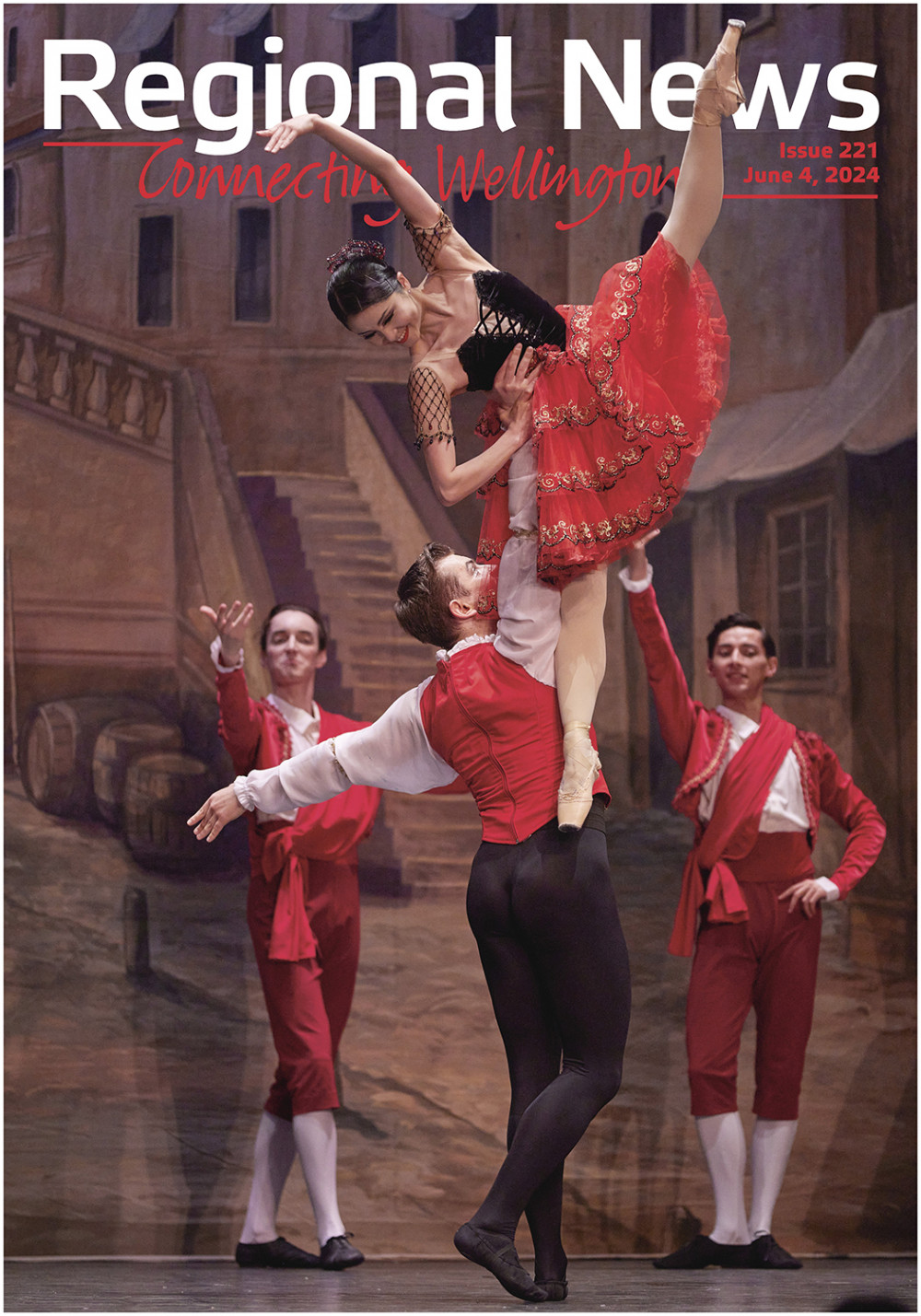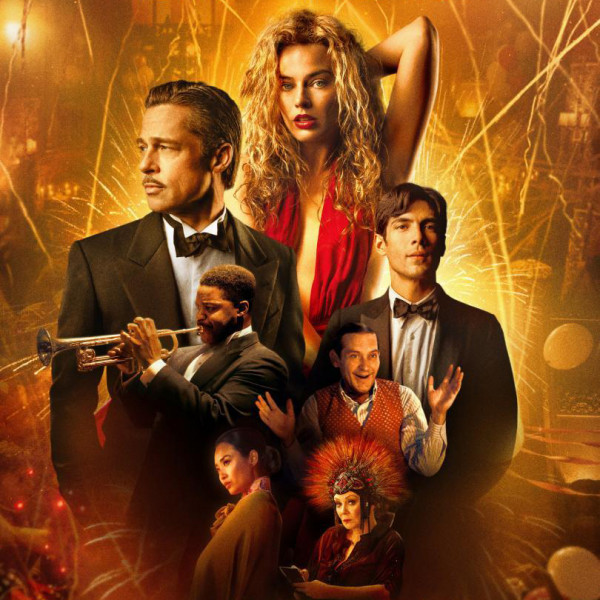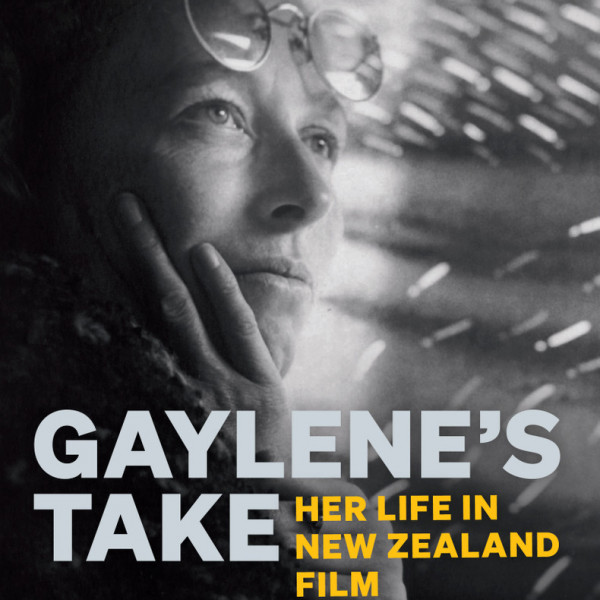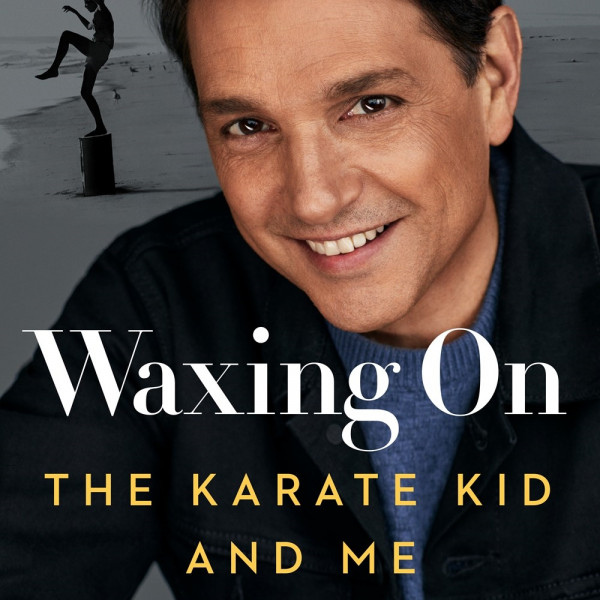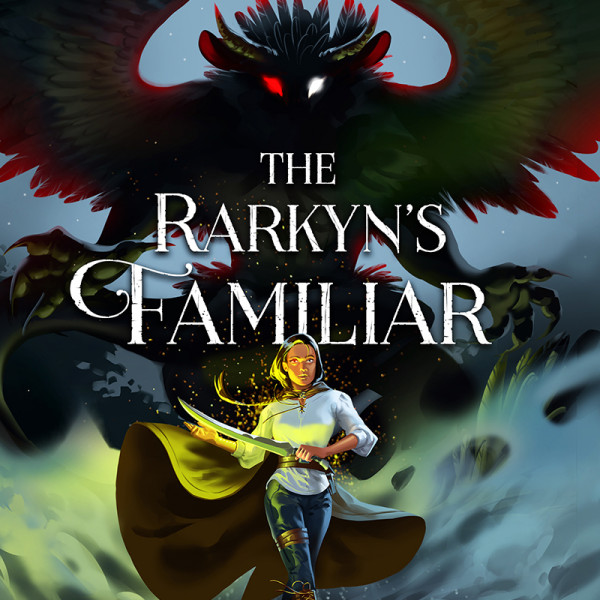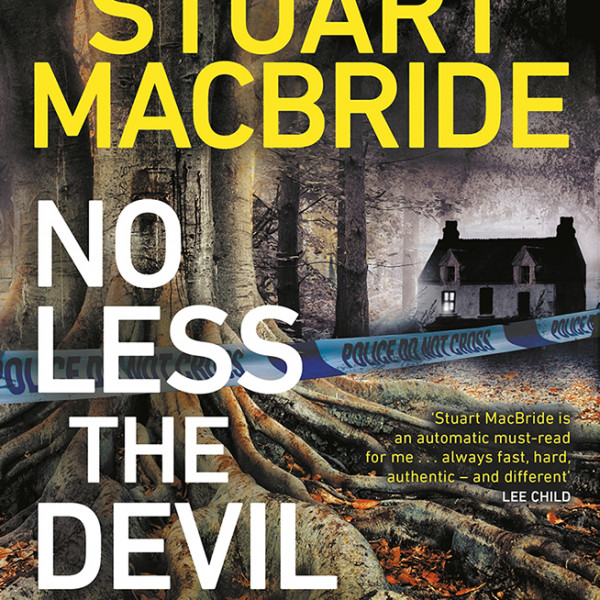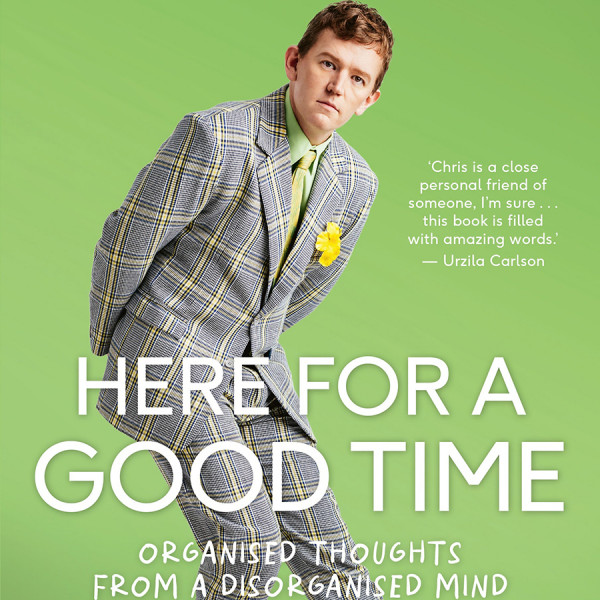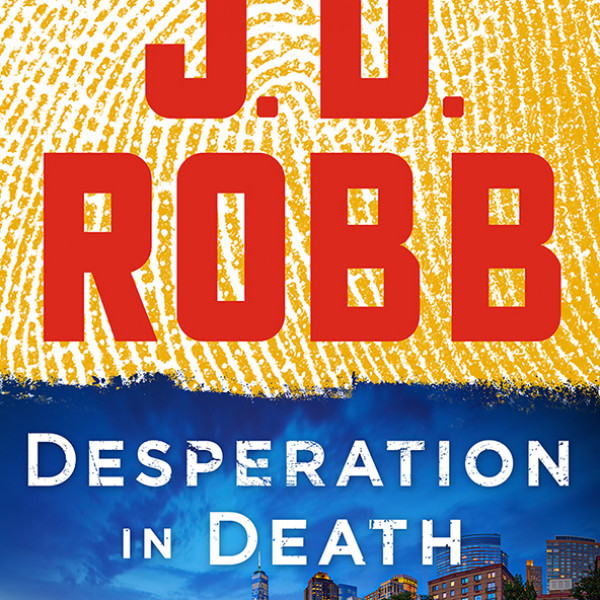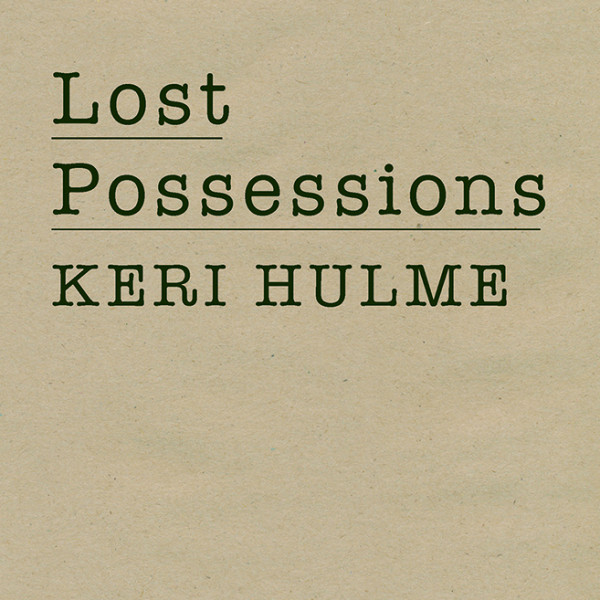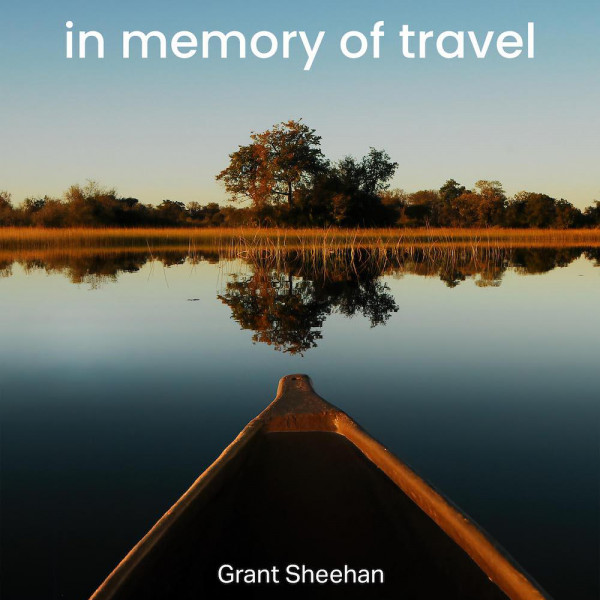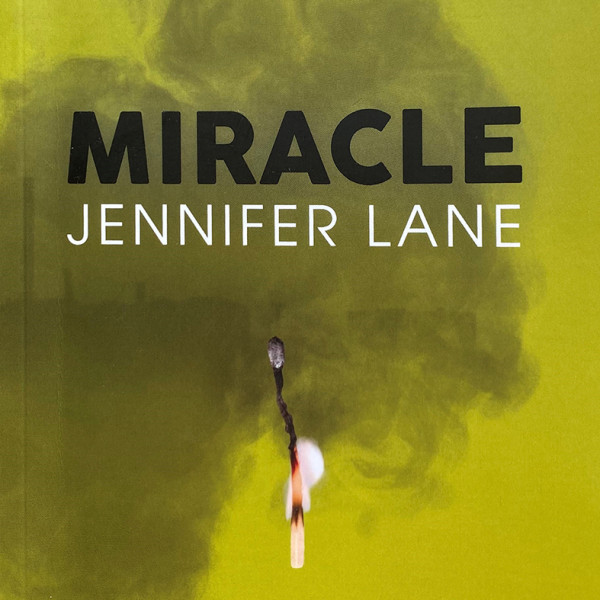
Guy Williams Presents: Comedy Plus Time Equals Tragedy
Te Auaha, 8th Feb 2023
Reviewed by: Madelaine Empson
After introducing himself in the mic from the wings, Guy Williams comes charging out on stage to Dark Horse by Katy Perry, energy and enthusiasm up the wazoo. When our lacklustre response is not to his satisfaction (in our defence, it’s Wednesday and we’re not tiddly), we’re barraged by a relentless stream of insults and expletives. Wellington sucks, we’re told, as we’re called f-wits and the like.
I bloody love it.
I’m a big fan of Guy from 7 Days, Jono and Ben, and New Zealand Today, but had only seen his stand-up in small bursts as part of gala nights. I was interested in seeing how he might structure an hour-long set and fare in a long-form comedy setting. He nailed it.
Comedy Plus Time Equals Tragedy has Guy take “a break from arguing with people on the internet to try and make the world a better place”. Conversations billed are racism, colonisation, and misogyny, but we’re treated to much more taboo topics too. While some comedians broach these subjects just to shock and provoke their audience, and I’m personally someone who’s very easily offended (nothing wrong with that), Guy’s comedy is somehow… charming? It’s random and clever, padded with layers, context, and bizarre segues that make very little sense but wind up being my favourite parts of the show. His loud, somewhat erratic delivery keeps the momentum going and the laughter flowing well after the curtain call. In this case, the curtain call is WAP by Cardi B feat. Megan Thee Stallion.
My only feedback is that I’d love to see Guy get a little more personal. I’m thoroughly entertained but want to feel something a bit deeper too – as if comedy isn’t hard enough, right? Although it’s oddly timed (about a quarter of the way in), Guy’s support act and sister Maria Williams’ set resonates with many of us. The heartfelt interlude means that by the end of the show, all my boxes have been ticked.
I snorted, bark-laughed, and had a brilliant evening with a comedian at the top of his game. Cheers, Guy.



